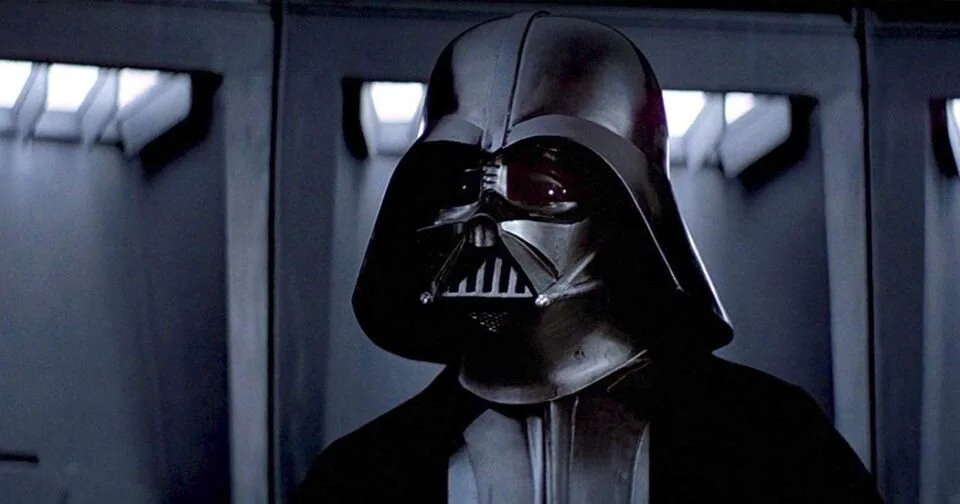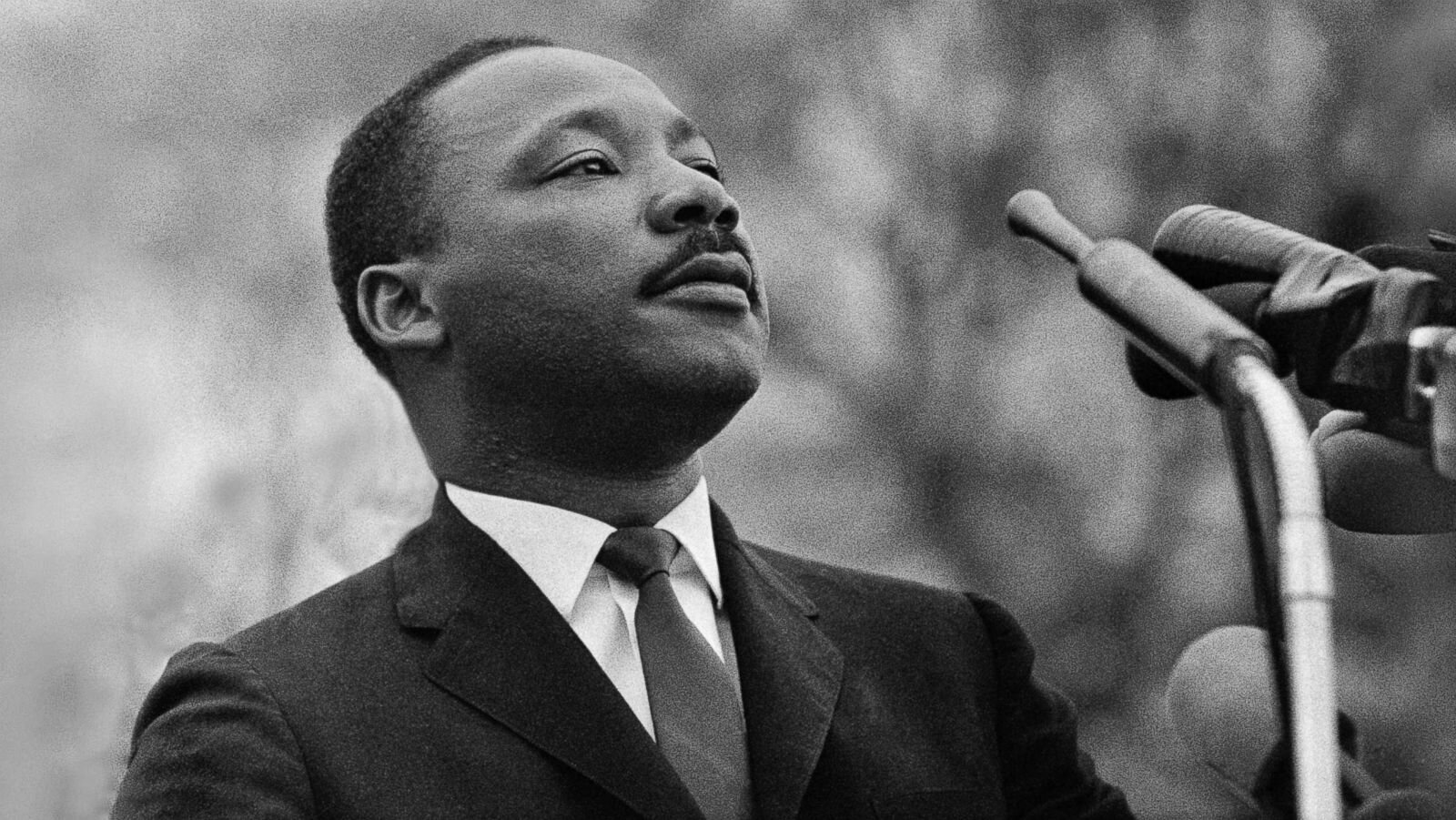Patterns of power in stories
A monster leads the Imperial Forces, destroys everything that stands in his way and crushes all resistance. He holds the Princess hostage. Our heroes, lead the rebels to rescue the princess and reclaim freedom and justice for the inhabitants of the Galaxy.
Sound familiar? It should! Whether it’s Star Wars or politics, the rules of the story are the same. We may not inhabit the Death Star and there may not be any Jedi Knights or Sith Lords, but storytelling is at the heart of both and narrative is the message medium.
The power of storytelling is as old as the human race and certainly nothing new in politics. It’s how politicians weave narratives around themselves, create the monster, and cast themselves as the heroes. A good story has the power to transform and, when skillfully applied, flicks every evolutionary switch in our brains and we can’t resist its message.
(from Darkest hour – Gary Oldman as Churchill)
On the 4 June 1940 Winston Churchill, in his first month in office, addressed in Parliament to give a eulogy to the British war effort that has been immortalised in popular memory of the Second World War. “We shall fight them on the beaches..”. He told a story that changed the course of European and world history.
Martin Luther King declared “I have a dream”, not “I have a plan”. He appealed to a higher aspiration with a narrative that inspired people to take action. If you gather people to share your vision they will follow you anywhere and even shed blood, sweat, and tears for a story that gives them a reason “Why”.
“He who has a why can bear almost any how”
Nietzsche.
Stories galvanize people to common causes and the reasons why are hard-wired into our brains.
Exchanging stories were a way for our ancestors to share life-saving information and to establish status and leadership. Stories and narratives bound communities together into shared values, and they still do.
“America First” pits the US citizens against those who care more for foreigners and immigrants than ordinary citizens, it divides and unites. “Drain the Swamp” pits “right-thinking people” against fetid and corrupt governance. The story forces binary positions, you’re with us or against us. Trump as the hero fighting the monster.
“Taking back control” set Europe as the enemy of British Sovereignty, betrayed by a corrupt outsider (unfortunately the heroes in this case were not very attractive).
Let’s Take Back Control - Brexit Bus
Our primal need for stories still tells us what we need to be afraid of, who our enemies are, and what we belong to and believe in.
Our brains have difficulty tolerating uncertainty and randomness. We are driven to find meaning and pattern in random events so that we can string together those events into a coherent story and make causal connections. We do this for several reasons.
First, patterns help us predict what will happen next. If we notice that a mammoth always lowers its head before it charges then, next time when we see it take that action, we can predict what will happen and take evasive, in this case, life-preserving evasive action. Our ability to assimilate and learn from events in the form of stories or narratives is an evolutionary mechanism.
Second, we use this ability to make stories to learn, individually and collectively. Stories allow us to assimilate information and make mental associations and connections with other experiences, thus creating new stories. These become our mental models of the world and form our assumptions, mental shortcuts, and our beliefs. We build worlds in our minds.
Third, once we have attached meaning to a series of events, we can attach purpose, particularly collective purpose. We can influence others to take action. Words threaded together into a compelling story, change tribes, communities, societies, and nations. Leaders have always used this ability to galvanize people with powerful, resonant stories.
All good stories have an explicit focus which is made up of three factors. The protagonist’s issue, the theme, and the plot.
The Protagonists Issue.
All characters must have a desire. Something must change. In Hamlet, the issue is his father’s murder and his desire to find out what happened. For Luke Skywalker, it is his desire to find his identity and purpose in life. In the Alchemist, it is Santiago who must embark on a journey to find his true self. In The Lord of the Rings, it is Sauron, the Dark Lord, who long ago lost the One Ring that contains much of his power. His overriding desire is to reclaim the Ring and use it to enslave all of Middle-earth.
Hamlet - Olivier
In Brexit, the character is the United Kingdom, who has a desire to regain its independence from Europe.
In the USA 2016 election, Trump wanted to become a straight-talking, non-political leader who would sweep corruption away. Trump delivered a narrative of himself as the only man standing firm against social disorder. He was the outsider who would change the norm.
Something both Trump and Brexiters have in common is that they both ally themselves with the working classes because they understand that ordinary working-class people are more offended by condescension and liberal cultural norms than they are by wealth.
Desire compels the characters, sometimes despite themselves, to change from the status quo or the norm and to form allies and enemies in their quest.
Theme.
The theme is what a story communicates to the audience about what it means to be human. Themes represent our higher, collective concerns and aims. For Hamlet, this is sanity, madness, and depression. In Star Wars, this is justice, and the idea that one person in the right place at the right time doing the right thing can bring down an entire system. Bravery, Good vs Evil, growing up and, of course, the force (finding your inner strength) are all examples of universal themes.
In the Alchemist individuals should live in the singular pursuit of their individual dreams. Fate, Love, Dreams and aspirations, unity of spirit, self-discovery, and wisdom.
In “The Lord of the Rings”, Tolkein wrote about the struggle of good and evil, death and immortality, fate and free will, and the danger of power.
In Brexit, we saw an identity crisis at its heart with a dialogue about what it means to be British. For Trump it was “Make America Great Again” and the fight against corruption (“crooked Hilary” and “Drain the swamp”)
Make America Great Again
All these address universal, over-arching themes about the human condition and unite or divide their audience.
The Plot.
According to Christopher Booker, there are only seven basic plots.
1. Overcoming the Monster
2. Rags to Riches
3. The Quest
4. Voyage and Return
5. Comedy
6. Tragedy
7. Rebirth
Stories take shape in the human imagination around archetypal patterns and images which are the common property of mankind. The plot is the vehicle through which the characters and the themes are transported. The plot determines if our characters will succeed or fail.
Lascaux - Cave Paintings
There are many theories, methods, and techniques for creating stories and why we write them, but there are too many to go into them here. What is clear is that stories are as alive and well today as they ever were. They still have the power to inform, inspire, and manipulate. In some hands, this can provide much-needed escape, or transfer information from one mind to another; in still others, this can change history. Above all, stories have lasting power and are one of the key vehicles for the delivery of ideas and the influence of people.
References:
Wired for story - Lisa Corn
The Seven Basic Plots – Christopher Booker
The Storytelling Animal – Jonathan Gottschall
The Art of Political Storytelling – Phillip Seargeant





